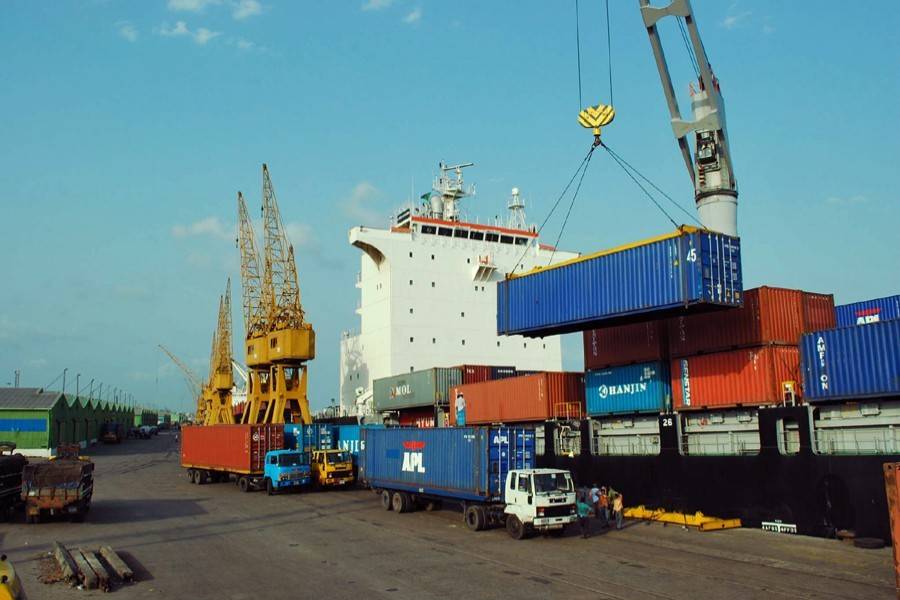

Bangladesh is emerging as a preferred destination for global apparel buyers as new US tariffs impose a significant competitive disadvantage on its main rivals, India and China.
With the Trump administration levying an additional 25 percent tariff on Indian and 30 percent on Chinese goods, buyers are increasingly turning to Bangladesh, which faces a comparatively lower 20 percent tariff on its products, reports UNB.
The shift in global trade dynamics presents a rare opportunity for Bangladesh’s ready-made garment (RMG) sector. Apparel exporters believe the country has the capacity and expertise to meet the new demand.
The BGMEA President Mahmud Hasan Khan stated that Bangladesh is fully capable of handling a diversion of orders from India and China, assuring there will be “no problem to meet the additional supply demand.”
Leaders of Bangladesh’s textile industry have expressed confidence in their ability to seize this opportunity.
Muhammad Hatem, President of the BKMEA, affirmed, “We have enough preparation to increase supply as per the demand of US and other buyers.”
He highlighted that lower production costs and tariffs in Bangladesh make it an attractive alternative.
In a move to strengthen trade ties with the US, the Bangladesh Textile Mills Association (BTMA) announced plans to increase its cotton imports from the United States to $1 billion. This decision, disclosed in a press release yesterday, comes after recent trade negotiations secured a tariff reduction for Bangladeshi goods from 35 percent to 20 percent.
Market analysts are optimistic but also cautious. While the new tariffs are a “major commercial blow to India,” they warn that this window of opportunity is not permanent. They urge Bangladesh to act quickly with a concrete roadmap and public-private partnerships to solidify its position.
Mohiuddin Rubel, a former director of the BGMEA, echoed this sentiment, stating, “This new tariff policy opens up immense possibilities for Bangladesh. I believe our export sector is now better positioned than ever before.” He noted that India had previously benefited from a decline in China’s market share, but the new policy could reverse that trend.
India’s Market Share at Risk:
The increased tariffs pose a significant challenge for India’s apparel exports to the US, which had seen a 55.34 percent growth from $3.02 billion in 2020 to $4.70 billion in 2024. Analysts predict that the new 50 percent tariff (25 percent retaliatory plus 25 percent for importing Russian oil) will severely undercut India’s competitive pricing, leading to substantial market share loss.
The strained relationship between the US and India is rooted in trade disputes over issues like genetically modified foods and agricultural policies. The new tariffs, alongside existing trade agreements between the US and other nations, have made competition increasingly difficult for India.
To fully capitalize on this opportunity, experts emphasize that Bangladesh must focus on maintaining high quality, timely delivery, competitive pricing, and political stability. These factors will be critical for accelerating its market penetration in the US and establishing itself as a dominant exporter in South Asia.
The strained relationship between the US and India is rooted in trade disputes over issues like genetically modified foods and agricultural policies. The new tariffs, alongside existing trade agreements between the US and other nations, have made competition increasingly difficult for India.


 For all latest news, follow The Financial Express Google News channel.
For all latest news, follow The Financial Express Google News channel.